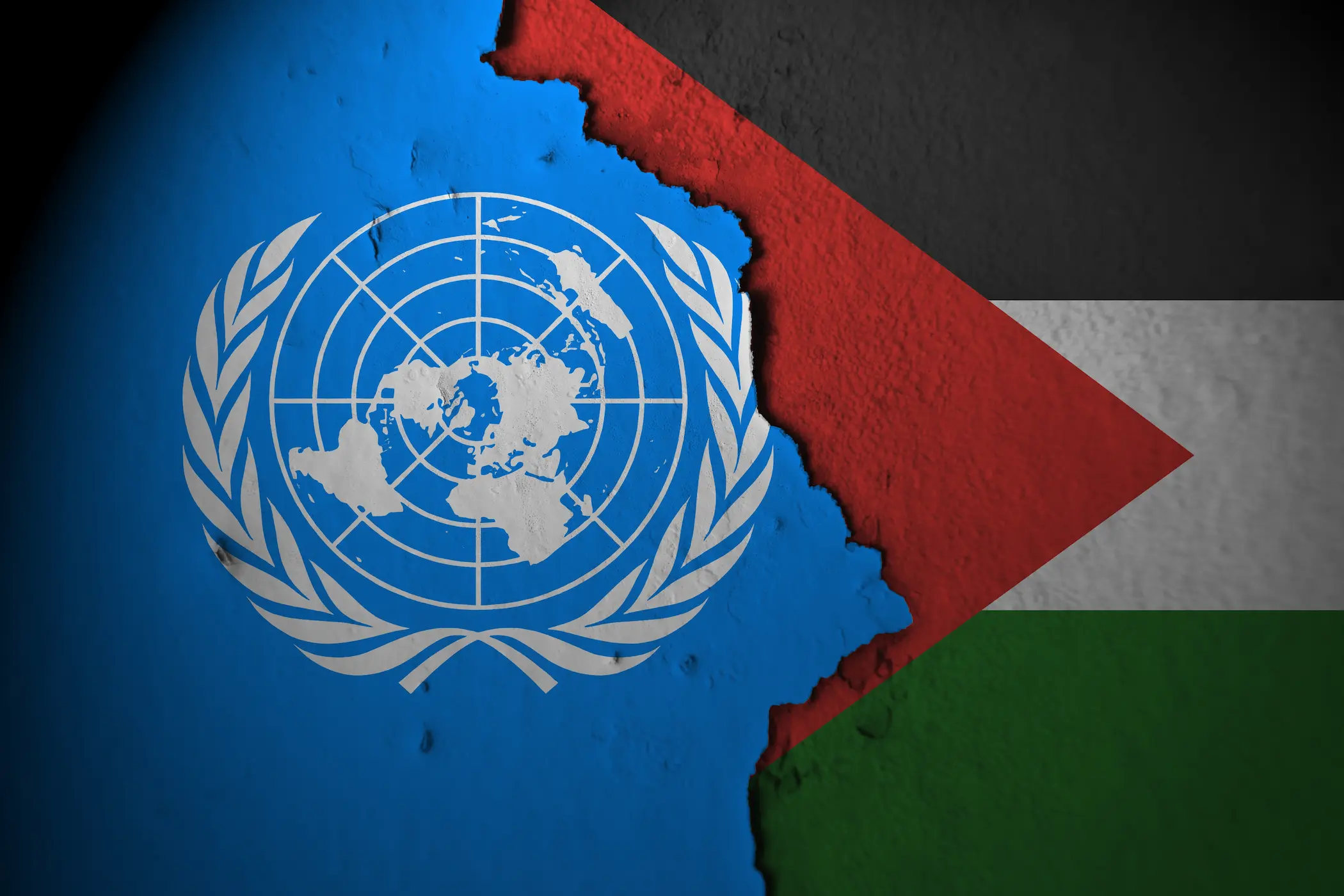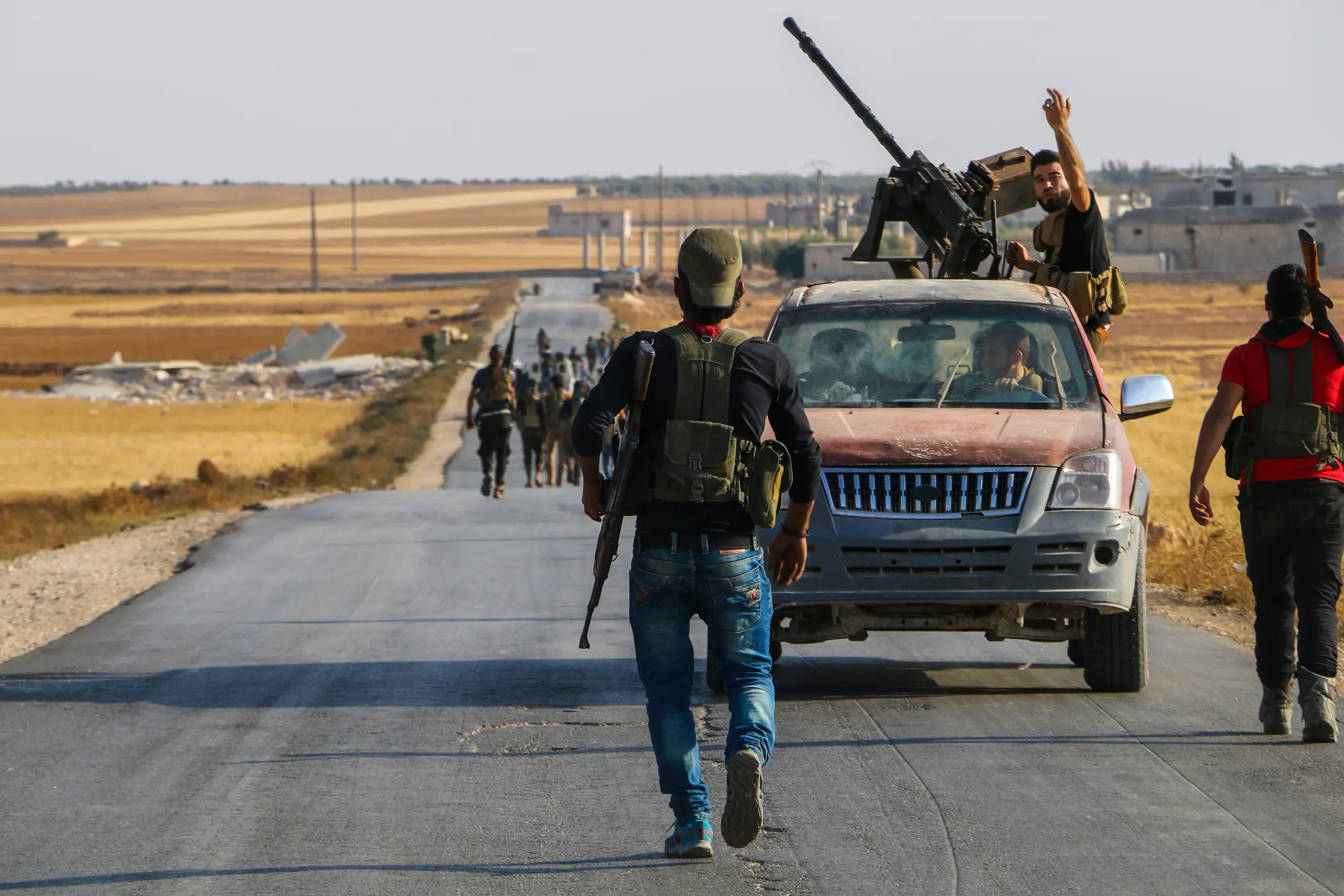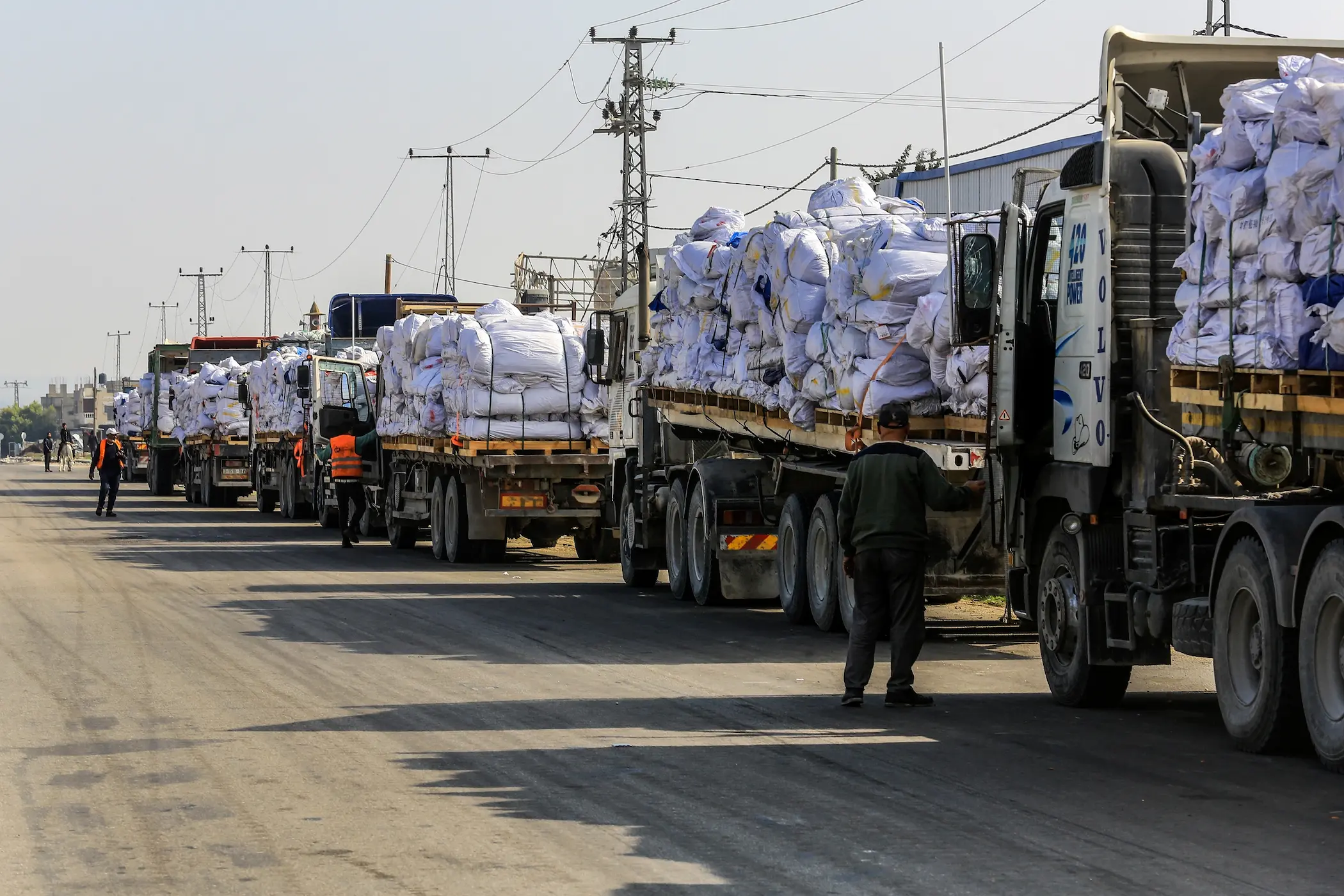On April 28 2025, Europe experienced one of its most disruptive technological collapses in modern history. A sudden, cascading failure of the power grid cut off electricity all over Spain, Portugal, parts of France, Germany, and Italy, immobilising vital infrastructure such metro systems, airports, hospitals, and telecommunications. Spain alone suffered an unmatched 15 GW loss in five seconds, reducing roughly 60% of its power need. Emergency states were declared; recovery, albeit quick in some areas, revealed systematic weaknesses in the European energy framework that resonate far outside the continent.
The Main Technical Reason: Interconnector Fragility
The France-Spain high-voltage interconnector’s failure was the first cause. Suffering an unexpected shutdown at 12:33 p.m. CEST, this essential artery linked the semi-isolated Iberian Peninsula to the European grid. Its failure “islanded” Spain and Portugal, producing an immediate and disastrous supply-demand mismatch. Grid operators said the system failed because the Iberian grids couldn’t autonomously stabilise their frequency, therefore stressing a hazardous overreliance on external balancing via interconnectors lacking adequate national reserves or fast-responding local generation capacity.
The Renewable Energy Connection: Hidden Risks Beneath Green Optimism
Although the France-Spain interconnector’s failure was the 2025 blackout’s direct technical cause, the high penetration of intermittent renewable energy sources throughout Spain and Portugal was the deeper structural enabler of the catastrophe. Representing some of the highest renewable shares in Europe, over 50% of Spain’s and more than 60% of Portugal’s electricity generation came from wind and solar power by 2023. Unlike conventional power generation, though, renewable output is naturally dependent on environmental factors including sunlight and wind speed. This variability affects the grid; generation levels can change significantly in minutes or even seconds. When combined with unexpected technical failures—such as the severance of an interconnector—such volatility greatly compromises the grid’s capacity to preserve a stable supply-demand balance.
Adding to this weakness is the loss of inertia linked to renewables. Large spinning turbines that store kinetic energy drive traditional thermal plants—coal, gas, and nuclear. Rotational inertia serves as a buffer, reducing abrupt grid frequency shocks and providing time for corrective measures. Renewable technologies, especially photovoltaic solar and some kinds of wind farms, add little or no inertia to the system. Consequently, grids ruled by renewables react far more violently to disruptions: frequency changes that would have been tolerable in an inertia-rich system now run the risk of spiralling into complete collapse within seconds, as was the case during the Iberian blackout.
Furthermore, the grid’s flexibility—its capacity to swiftly raise or lower generation to fit changing demand—has not kept up with the fast expansion of renewables. Still too small in scale to counteract renewable intermittency were essential flexible resources like fast-reacting gas turbines, pumped hydro reserves, and battery energy storage systems. The Iberian grid lacked the fast-reacting ability required to stabilise itself on its own when the interconnector failed. Cascading failures were unavoidable without a robust suite of flexible assets ready to offset the abrupt loss of imported power.
Ultimately, the Iberian Peninsula’s dependence on weak interconnection made it especially vulnerable to this kind of failure. Spain and Portugal stay rather isolated from the main European grid despite attempts to enhance cross-border connectivity, with an interconnection level of only approximately 6% of capacity—far below the European Union’s minimum goal of 10% and the optimal resilience threshold of 15%. This isolation implies that when the main link failed, there were few alternative routes to import emergency power or share frequency support. Operating as a quasi-island, the Iberian grid fell under its own structural flaws.
All things considered; the blackout was not only the result of a damaged wire. It was the result of an energy transition that, although environmentally commendable, had outstripped the growth of the technical and structural supports required to sustain it under stress. High renewable penetration without matching investments in inertia, flexibility, and strong interconnections turned a local technical issue into a continental catastrophe.
Middle East Lessons: Strategic Imperatives for Future Energy Security
The European blackout provides important strategic insights for the Middle East’s own energy transition. First and foremost, it shows that renewables cannot be the only pillar of power generation.
Though their prices are falling, and they have environmental advantages, renewable sources like wind and solar naturally lack the consistency required to sustain base load power supply. These technologies generate power erratically and unpredictably, depending on daylight and weather. Relying on renewables alone without significant backup systems—including dispatchable generation units, grid-scale energy storage, and fast frequency response capabilities—exposes the grid to abrupt and severe collapses when conditions depart from the norm.
Though vigorously seeking renewable energy goals, the Middle East has to learn that a balanced and layered energy mix is necessary for effective decarbonisation. National security depends on grid inertia, fast-balancing technologies, and backup thermal or hydroelectric generation under stress conditions like those experienced in Europe; they are not optional luxuries.
Moreover, the blackout shows with excruciating clarity that while regional grid connection is a benefit, it can never replace national energy sovereignty. When important nodes like the France-Spain interconnector failed, Europe’s linked system—often lauded for its efficiency—became a channel for systematic fragility rather than resilience.
Middle Eastern nations should not be too confident in regional integration initiatives. Although linked grids can provide chances for energy trading, stability strengthening, and best resource allocation, no nation should base its energy security on the continuous goodwill, infrastructure, or stability of its neighbours.
Neglecting self-sufficiency can lead to existential crises from political tensions, cross-border conflicts, or basic technical failures. Every Middle Eastern country has to make sure it keeps a domestic generation core strong enough to run independently in periods of geopolitical or technical isolation, therefore offering a consistent internal safety net for its people and economy.
The third and maybe most pressing strategic need is that the Middle East has to speed up its investment in civilian nuclear energy, not as a substitute for renewables but as their necessary complement. Nuclear power provides the unique mix of zero-carbon base load generation and natural system inertia, so offering the constant, heavy-duty stability that intermittent sources lack.
Facilities like the UAE’s Barakah plant are regional examples of how nuclear infrastructure can strengthen a country’s energy independence while complementing global decarbonisation objectives. Nuclear power provides unrivalled strategic depth in a future where climate objectives, water scarcity, and demographic growth converge to stress energy systems: it stabilises grids, maintains national autonomy, lowers hydrocarbon dependency, and promotes industrial development.
The renewable goals of the Middle East will stay structurally vulnerable to volatility, intermittency, and external shocks without nuclear energy as a vital backbone. Nuclear development has to thus advance with urgency and strategic foresight embedded inside national security planning rather than being pushed aside to environmental or economic concerns.
All things considered, the Middle East is at a turning point. Drawing from Europe’s failure, the area has to design a varied, resilient, strategically autonomous energy future combining the hope of renewables with the demonstrated stability of nuclear power and the wisdom of preserving sovereign generation capacity.
Al Habtoor Research Centre’s Commentary articles allow researchers to provide quick, informed responses to ongoing topics, emphasizing personal perspectives and expert opinions without the weight of exhaustive citations. This ensures agility in addressing rapidly evolving subjects and enriches the discourse with authentic insights.






















Comments